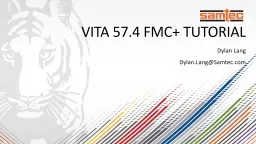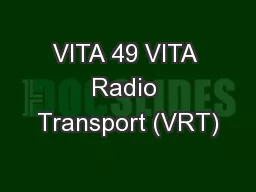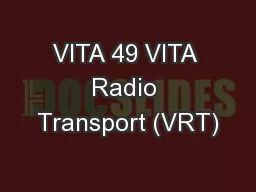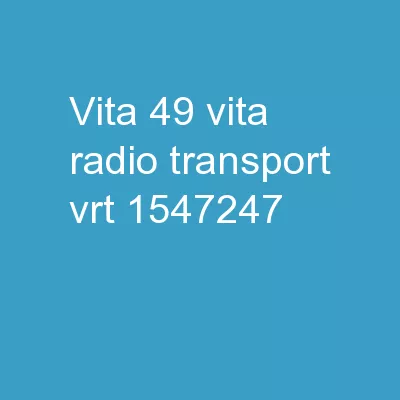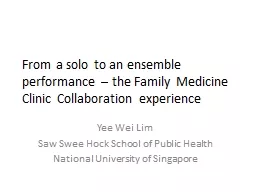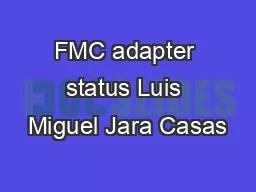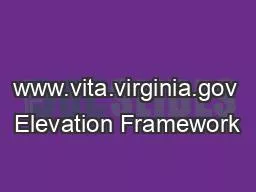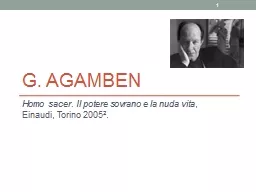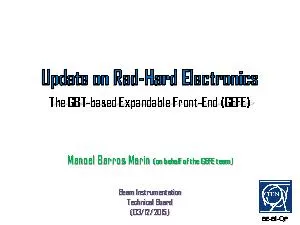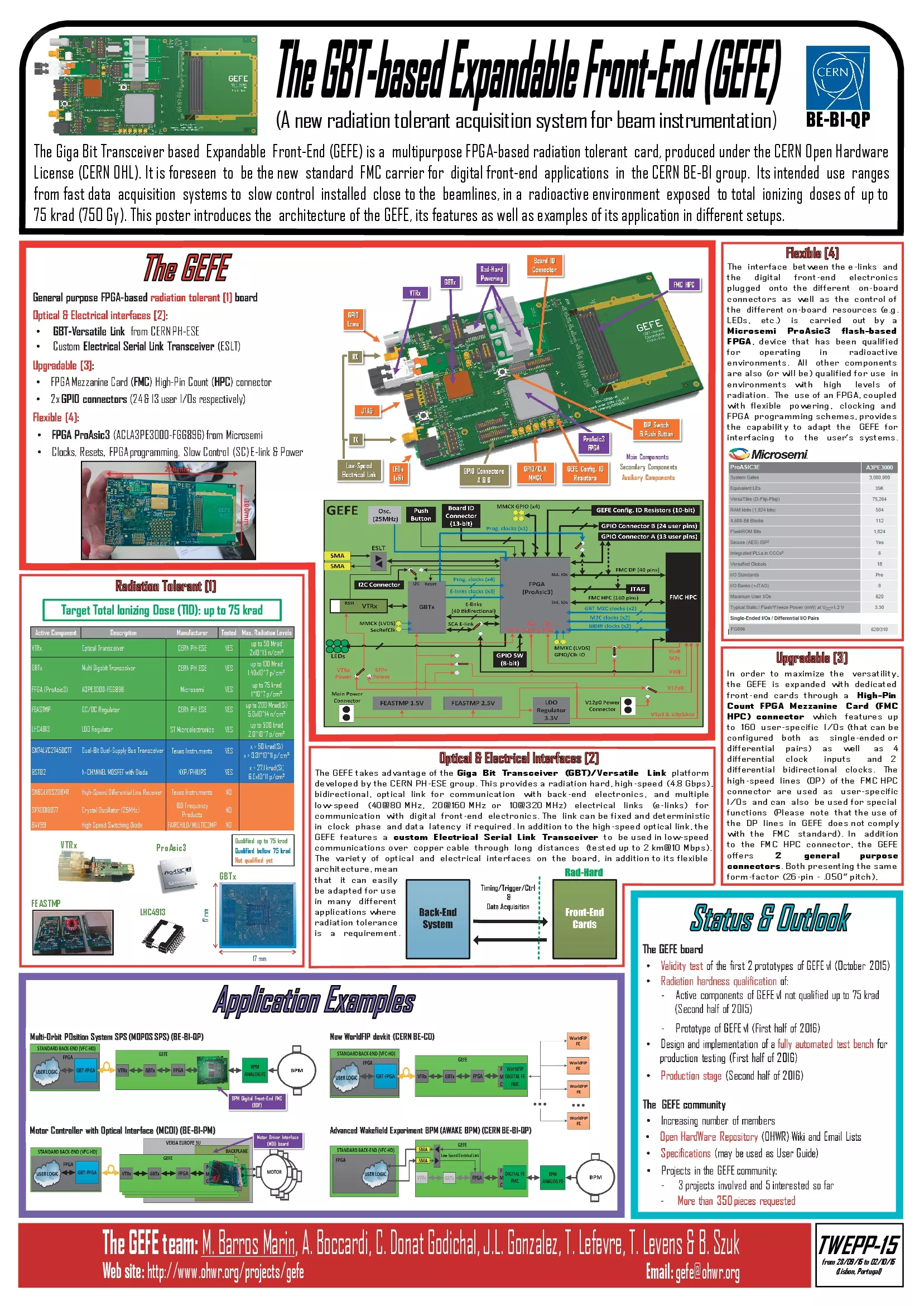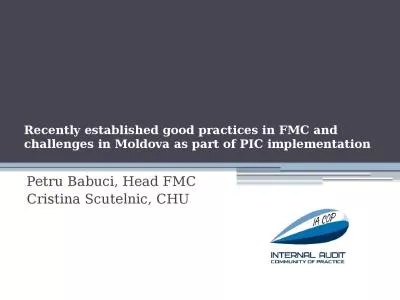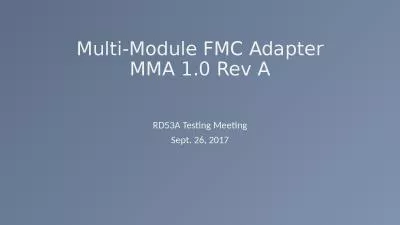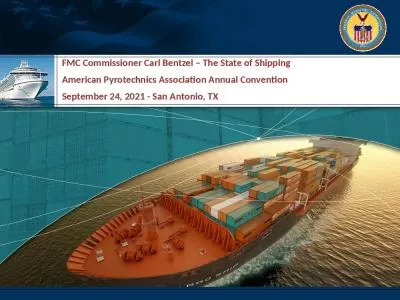PPT-VITA 57.4 FMC+ Tutorial
Author : tatyana-admore | Published Date : 2019-11-23
VITA 574 FMC Tutorial Dylan Lang DylanLangSamteccom Fmc abstract Backwards compatibility and expanded user IO FMC extends FMCs performance and modularity Optical
Presentation Embed Code
Download Presentation
Download Presentation The PPT/PDF document "VITA 57.4 FMC+ Tutorial" is the property of its rightful owner. Permission is granted to download and print the materials on this website for personal, non-commercial use only, and to display it on your personal computer provided you do not modify the materials and that you retain all copyright notices contained in the materials. By downloading content from our website, you accept the terms of this agreement.
VITA 57.4 FMC+ Tutorial: Transcript
Download Rules Of Document
"VITA 57.4 FMC+ Tutorial"The content belongs to its owner. You may download and print it for personal use, without modification, and keep all copyright notices. By downloading, you agree to these terms.
Related Documents

